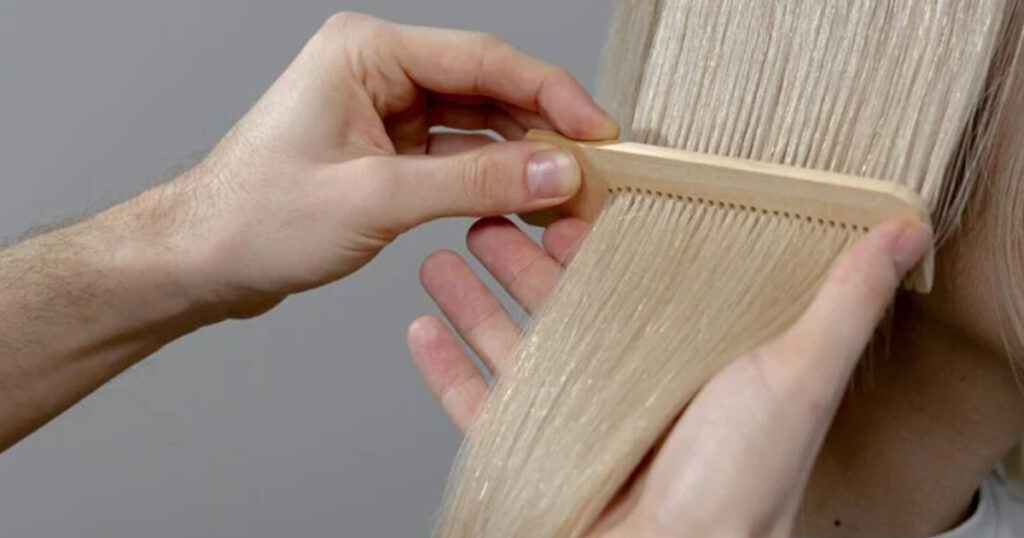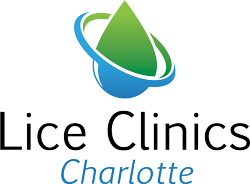Long-Term Effects Of Untreated Head Lice

Lice are pesky creatures that can quickly infest your hair, home, or body. Treating any type of lice, head lice specifically, requires consistency and determination. For decades, the general population has taken a relatively lax approach to treating lice. Many people think they’re harmless creatures, but serious consequences can occur if left untreated.
But what exactly are the long-term effects of untreated head lice?
How Common Are Head Lice?
Head lice infestations are a common condition that many people deal with every year. While it’s typically associated with school-age children, specifically ages 3-11, anyone can find these pesky creatures in their hair. Anywhere from 6-12 million people per year are impacted by head lice, making them a problem that most families are very familiar with.
What Are The General Effects Of Head Lice?
It’s not always easy to notice when you have head lice. Some of the symptoms are:
- Itchy Scalp. If you have lice, you may experience an itching sensation on your scalp and the areas around your neck and ears. The saliva of the lice can cause you to develop an allergic reaction.
- Nits. Lice lay nits, or eggs, on your hair shaft (the closest part of your hair to the scalp). They’re easy to miss because they look like dandruff. However, if you look closely, you’ll notice that they are a yellow, gray, or white color and about the size of a pinhead.
Sometimes, you may not have any symptoms of head live — especially if you’ve had it before. This could mean that your body has built up an immunity to the effects of lice.
Once you detect lice or nits, it’s important to take action immediately. Finding high-quality lice treatment will be a lifesaver and the ultimate prevention tool. People with lice typically do not have any significant long-term effects if treated promptly.
What Happens If You Don’t Treat Head Lice?
If left untreated, head lice can worsen faster than you’d think. Because they only live for 30 days, they have to lay a mass amount of eggs to compensate. With the potential for up to 300 eggs to be laid on your scalp, a lack of treatment can lead to a more severe condition of lice. Even though they eventually die off after a month, their eggs hatch quickly. This continues the cycle of egg laying and hatching, potentially giving you years’ worth of lice infestations.
In rare cases, untreated head lice can lead to secondary bacterial infections of the scalp, which can cause itching and discomfort. The open wounds are sensitive, so they also may cause pain. These infections can usually be treated with antibiotics and should not have any lasting consequences. It’s also important to note that head lice do not cause any significant health problems, do not spread disease, and do not indicate poor hygiene.
Untreated lice can also have long-term effects on your community, particularly regarding the well-being and education of children. It’s easy for lice to spread from person to person, or even from home to home, at a rapid rate. Environments like classrooms, sports, or other extracurricular activities where kids spend time together are breeding grounds for lice.
Lice infestations can spread quickly among school-aged children and lead to absenteeism and disruptions in the classroom. Infested children may feel embarrassed and isolated, affecting their mental and emotional health. This can also cause financial strain on families, as they may have to take time off work or spend money on treatment.
In addition, lice outbreaks can also spread myths and misinformation about the causes and transmission of lice, resulting in stigma and discrimination toward affected individuals and families. This can further exacerbate the negative impact of lice outbreaks on communities.
To address the impacts of lice outbreaks, it is crucial for communities to have access to accurate information and resources for treatment and prevention. This may include community education campaigns and programs that offer affordable and accessible treatments. Schools and public health organizations can also play a role in preventing lice spread by promoting good hygiene practices and implementing practical and evidence-based management strategies.
Visit A Lice Professional In Charlotte, NC Today!
If you suspect you or someone you know has head lice, you should consult a healthcare provider for proper diagnosis and treatment. Over-the-counter and prescription treatments are widely available and sometimes work to eliminate head lice. However, they don’t always take care of the problem. For the most effective solution, contact Carolina Lice Treatment. Our trained experts are capable of untreated head lice, so you won’t have to worry about dealing with it on your own.
The best part? We offer several different treatment options to tackle all types of lice problems. Our full-service Airtral exclusive treatment involves a simple three-step process involving dehydration technology, a traditional comb out, and an all-natural treatment solution. With a 30-day guarantee, you or your child won’t have to worry about missing out on anything you have planned.
Learn more about our treatment options here.
Are you struggling with the long-term effects of untreated head lice? If so, schedule an appointment at your local Charlotte lice treatment clinic online or call 910-264-7141.
